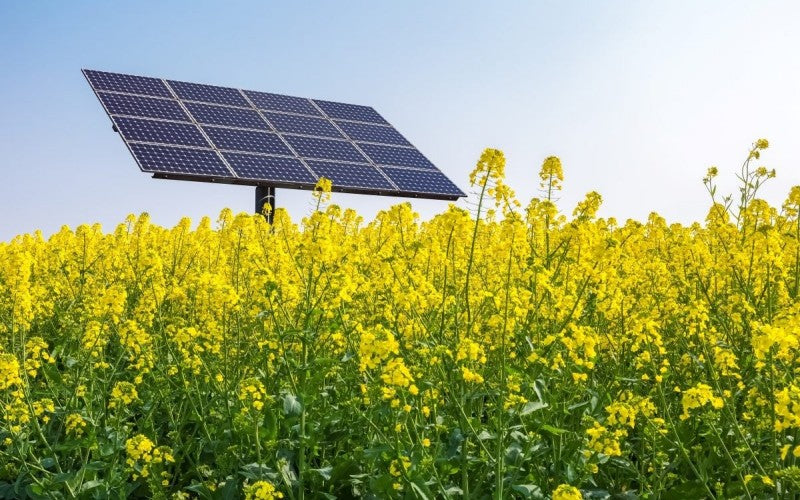
As the world embraces renewable energy solutions, solar power has emerged as a leading contender in the race to sustainability. Solar panels convert sunlight into electricity, but what happens to all that excess solar energy when the batteries are full? For environmentally conscious customers looking to invest in solar energy products, this blog post aims to shed light on this intriguing question. We'll explore the role of solar batteries in energy storage, the smart grid concept, and the innovative solutions that ensure no solar power goes to waste.
1. The Rise of Solar Battery Systems
In the pursuit of greener living, harnessing solar power through photovoltaic panels has become increasingly popular. The integration of solar battery systems has been a game-changer for solar energy users, providing an efficient way to store surplus electricity generated during sunny periods. When sunlight hits the solar panels, they produce direct current (DC), which is then converted to alternating current (AC) by an inverter for household use. Any excess electricity that is not consumed immediately can be stored in solar batteries for later use.
The Role of Solar Batteries
Solar battery systems are the key to unlocking the full potential of solar energy. These batteries act as reservoirs, storing surplus energy during the day so it can be utilized during the night or on cloudy days when the solar panels may not generate enough electricity. By incorporating solar batteries into your solar power setup, you become less reliant on the traditional power grid and reduce your carbon footprint.
2. Smart Grids: The Power of Connectivity
The transition to solar power and other renewable sources has paved the way for innovative concepts like the smart grid. The smart grid is an intelligent electricity distribution network that uses advanced communication and technology to optimize the generation, distribution, and consumption of electricity. This interconnected system allows seamless integration between solar energy users, battery storage, and utility companies.
Dynamic Load Balancing
One of the ingenious features of smart grids is dynamic load balancing. When solar batteries are fully charged, and local solar production exceeds demand, the excess energy is not wasted. Instead, the smart grid redirects this surplus electricity to other areas or neighboring homes that may require more power. This way, solar energy is efficiently distributed across the network, ensuring that no clean energy goes to waste.
3. From Grid-Tied to Off-Grid Solutions
Grid-Tied Systems
For many solar energy users, a grid-tied system is a common choice. In this setup, the solar panels are connected to the traditional power grid, allowing users to feed excess electricity back into the grid when their batteries are full. This surplus energy is then credited to their utility bills through a process called net metering. During periods when solar production is insufficient, users can draw power from the grid.
Grid-tied systems are a popular option as they offer a balance between energy independence and grid connectivity. However, it's essential to consider the reliability of the local power grid when opting for this solution.
Off-Grid Systems
On the other hand, off-grid solar systems provide complete energy independence. These setups are ideal for remote locations or areas with unreliable grid connections. Off-grid users rely solely on solar panels and battery storage to meet their electricity needs.
In off-grid systems, when solar batteries are full, any excess solar energy will not go to waste. Instead, it is stored for later use, ensuring a continuous and reliable power supply even during overcast days.
Conclusion
As the demand for renewable energy solutions rises, harnessing solar power has become increasingly accessible and appealing to environmentally conscious customers. Solar battery systems play a crucial role in ensuring that excess solar energy generated during sunny periods is not wasted but rather stored for future use. The concept of smart grids further optimizes this process by dynamically balancing loads and efficiently distributing clean energy across networks.
Whether you opt for a grid-tied system or decide to go off-grid, the integration of solar batteries empowers you to maximize your solar energy potential while reducing your dependence on non-renewable energy sources. Embracing solar battery technology is a step towards a greener and more sustainable future for all.
So, if you're considering purchasing solar energy-related products, don't forget to explore the possibilities offered by solar battery systems. Embrace the power of the sun, and together, let's make a positive impact on our planet!

0 comments